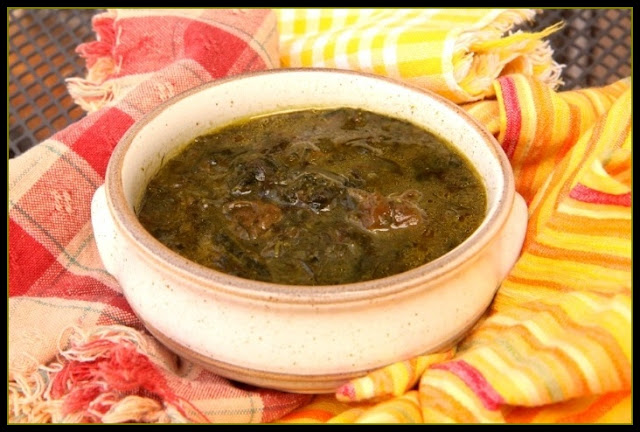Wild About - Cattail Flowers
 Cattails (Typha spp.) line the ponds and creeks that surround my neighborhood. The roots, shoots, flowers, and pollen of cattails are all edible. If you take advantage of all of these stages of growth, cattails provide a long season of eating. A few weeks ago, I tried eating young , and found them to be really delightful and cucumber-like.
Cattails (Typha spp.) line the ponds and creeks that surround my neighborhood. The roots, shoots, flowers, and pollen of cattails are all edible. If you take advantage of all of these stages of growth, cattails provide a long season of eating. A few weeks ago, I tried eating young , and found them to be really delightful and cucumber-like.Last week, I rolled past a stand of cattails and noticed that they had started to flower already, seemingly over night. Time to get busy, because cattail flowers are a wild food I'd hate to miss.
When a cattail flowers, it sends out two parts on the same stem which look quite similar. The tastiest part, and the one you want to collect is the top one, the male, which later sends out pollen. The lower one is the female, and matures into the recognizable brown punk which is commonly associated with the cattail plant. When harvesting the male flower for food, look for ones which are still tight and green, and just emerging from their sheaths like slender ears of corn.
 It's traditional to boil cattail flowers. I worry about them getting water-logged, so instead, choose to steam them for about ten minutes, until they could easily be pierced with a knife. I'd read about people buttering cattail flowers and eating them corn-on-the cob style (called cat-on-the-cob). I'm sure this is an amusing exercise if you've got kids in the house. But since they are so small, I prefer to simply strip the flowers from the pointy toothpick-like core (be careful!) with a fork. Prepared in this way, it is easy to have a whole bowl-full ready to eat in minutes.
It's traditional to boil cattail flowers. I worry about them getting water-logged, so instead, choose to steam them for about ten minutes, until they could easily be pierced with a knife. I'd read about people buttering cattail flowers and eating them corn-on-the cob style (called cat-on-the-cob). I'm sure this is an amusing exercise if you've got kids in the house. But since they are so small, I prefer to simply strip the flowers from the pointy toothpick-like core (be careful!) with a fork. Prepared in this way, it is easy to have a whole bowl-full ready to eat in minutes.One of the most delicious ways to eat cattail flowers is to dress them simply with a good deal of salted garlic butter. Cattail flower also work well frittatas and in soups. They are mildly sweet and taste vaguely of corn, so it is best not to mask their delicate flavor with strong seasonings.
This post appears as a part of the Two for Tuesday blog hop, and also Fight Back Friday.

